Tito’s death on May 4, 1980, marked the start of Yugoslavia’s collapse. Learn how the end of his rule led to rising nationalism and the breakup of the federation.
The Beginning of the End for Yugoslavia: The Day Tito Died
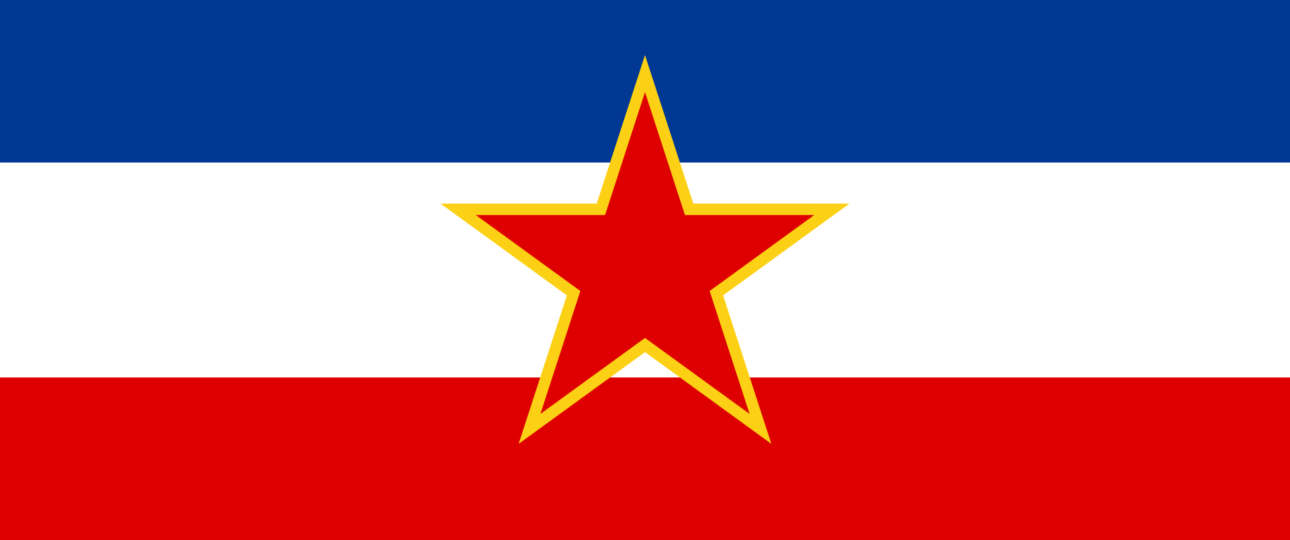

Tito’s death on May 4, 1980, marked the start of Yugoslavia’s collapse. Learn how the end of his rule led to rising nationalism and the breakup of the federation.
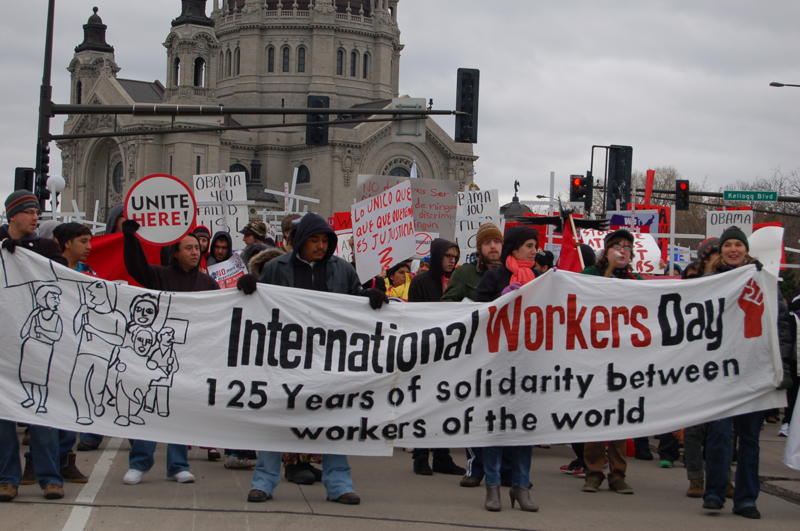
Discover how Bosnia and Herzegovina celebrates the 1st of May with picnics, cultural events, and reflections on workers’ rights. Learn about Labour Day traditions and their modern meaning.
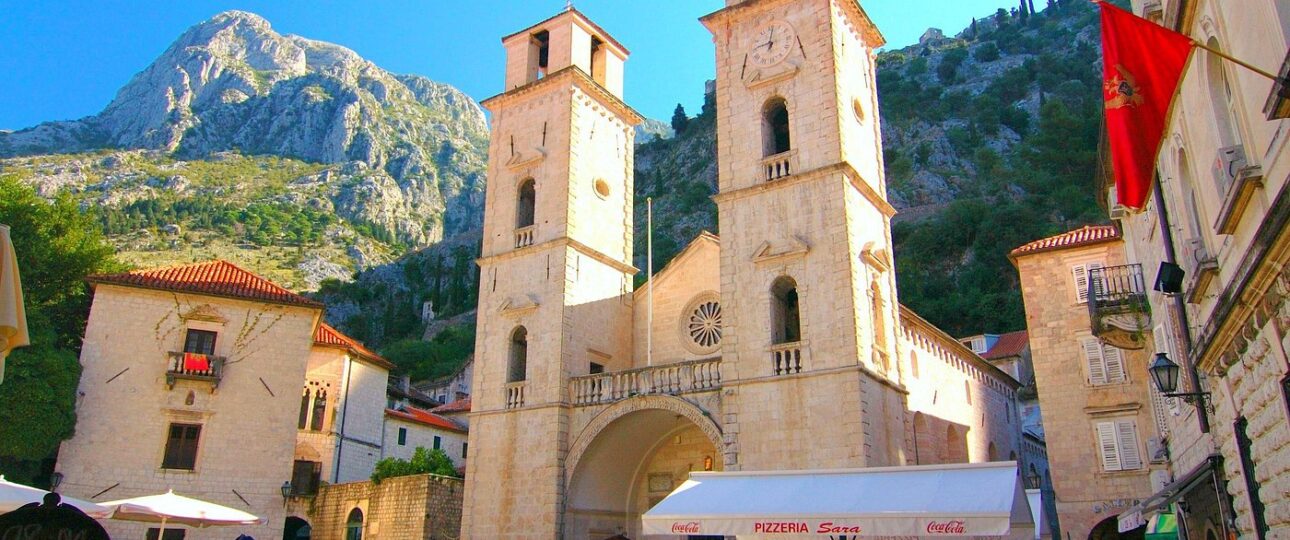
Explore Kotor, Montenegro: a UNESCO-listed medieval town in the Bay of Kotor. Discover historic charm, stunning landscapes, and Adriatic wonders.
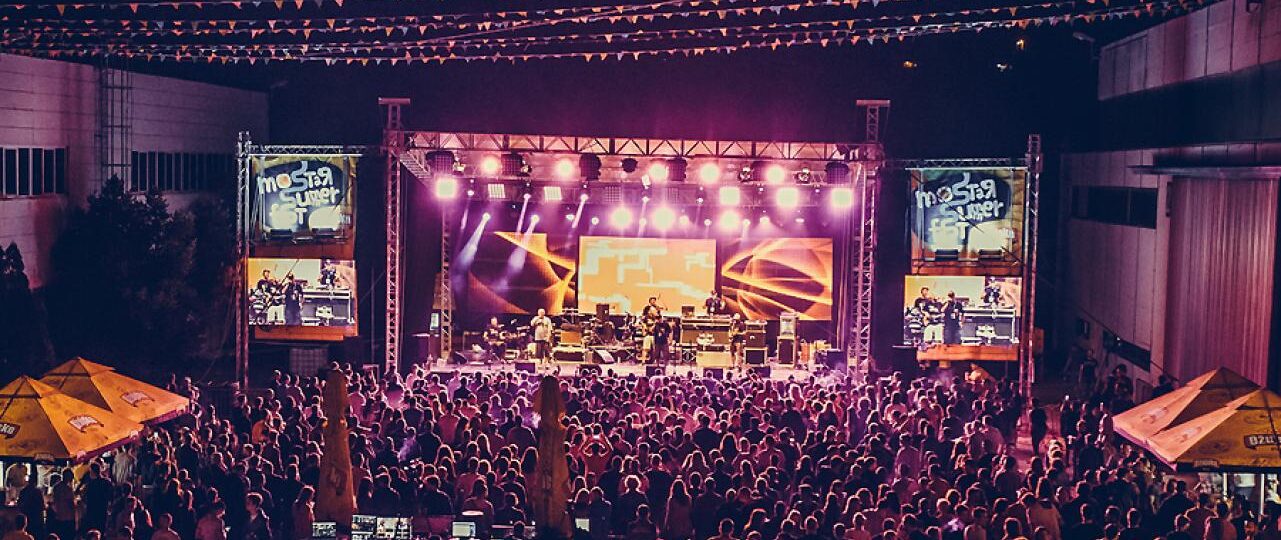
Mostar, one of Bosnia and Herzegovina’s most beautiful and culturally rich cities, is not only famous for its stunning Old Bridge and historical charm but also for its vibrant festival scene. Throughout the year, the city hosts a variety of festivals that celebrate music, film, food, art, and tradition, attracting both locals and international visitors. These events provide a unique opportunity to experience Mostar’s dynamic cultural life while enjoying its breathtaking scenery. Here is a guide to some of the most popular festivals in Mostar that you should not miss.
1. Mostar Summer Festival
One of the biggest and most anticipated events in the city, the Mostar Summer Festival is an annual event that takes place in July and August. This festival offers a diverse program of music, dance, theatre, and street performances, transforming the city into a lively cultural hub.
Highlights:
The festival aims to bring together different cultures and art forms, creating a vibrant atmosphere where people can connect and enjoy the creativity of performers from around the world.
2. Mostar Film Festival
The Mostar Film Festival (MOFF) is one of the most prestigious film events in Bosnia and Herzegovina. Established to celebrate the best in regional and international cinema, the festival focuses on promoting filmmakers from the Balkans, as well as showcasing international cinematic achievements.
Highlights:
MOFF is a must-visit event for film lovers who want to experience the richness of Balkan cinema while enjoying the historical beauty of Mostar.
3. Mostar Street Art Festival
Street art has become an essential part of Mostar’s urban identity, and the Mostar Street Art Festival celebrates the city’s vibrant graffiti and mural scene. This festival brings together street artists from all over the world who transform the city’s walls into open-air galleries.
Highlights:
This festival helps beautify the city while providing a platform for young artists to showcase their creativity.
4. Mostar Blues & Rock Festival
If you’re a fan of blues and rock music, the Mostar Blues & Rock Festival is the perfect event for you. Held every summer, this festival features performances from both well-known and emerging blues and rock artists.
Highlights:
This festival attracts a passionate crowd and offers a laid-back atmosphere where visitors can enjoy world-class music in a stunning setting.
5. Mostar Sevdah Festival
Sevdah music, a deeply emotional and poetic genre unique to Bosnia and Herzegovina, has a special place in Mostar’s cultural heritage. The Mostar Sevdah Festival is dedicated to preserving and promoting this traditional music.
Highlights:
This festival is an incredible opportunity to experience the soul of Bosnia’s musical heritage.
6. Red Bull Cliff Diving World Series – Mostar
For adrenaline seekers, the Red Bull Cliff Diving World Series in Mostar is an event like no other. Each year, some of the world’s best cliff divers gather to jump from the Stari Most (Old Bridge) into the Neretva River.
Highlights:
This event not only showcases athletic excellence but also highlights the city’s stunning architecture and natural beauty.
7. International Festival of Author’s Poetry
For literature lovers, the International Festival of Author’s Poetry brings together poets and writers from around the world to share their works and ideas. The festival celebrates the power of words and their ability to transcend borders.
Highlights:
This festival fosters cultural exchange and appreciation for literary art in an inspiring setting.
8. Mostar Wine Festival
The Mostar Wine Festival is a paradise for wine lovers, showcasing some of the finest wines from Bosnia and Herzegovina and beyond. The Herzegovina region is known for its excellent wines, and this festival is the perfect place to taste and learn about them.
Highlights:
Whether you’re a wine connoisseur or just looking to enjoy a good glass of wine in a scenic setting, this festival is a must-visit.
9. Mostar Carnival
Mostar’s annual carnival is a colourful celebration that brings joy and entertainment to the city. Featuring parades, costumes, and street performances, this festival is a fun-filled experience for all ages.
Highlights:
The carnival showcases the lively spirit of Mostar, making it a fantastic event for visitors of all backgrounds.
Mostar is more than just a historic city—it’s a thriving cultural hub that hosts some of Bosnia and Herzegovina’s most exciting festivals. Whether you’re drawn to music, film, literature, art, or adventure, there’s a festival in Mostar that will captivate you. These events not only showcase the city’s artistic and cultural diversity but also provide a wonderful opportunity to connect with locals and immerse yourself in an unforgettable experience. No matter when you visit, Mostar’s festivals are sure to leave a lasting impression.
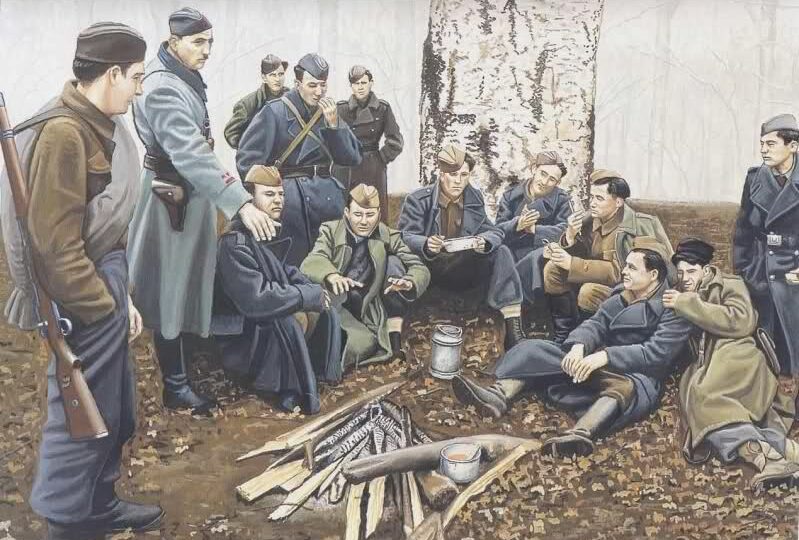
Military operations in World War II in Yugoslavia began on 6 April 1941, when the Kingdom of Yugoslavia was swiftly conquered by Axis forces and partitioned between Germany, Italy, Hungary, Bulgaria and client regimes. Subsequently, a guerrilla liberation war was fought against the Axis occupying forces and their locally established puppet regimes, including the Independent State of Croatia and the Serbian Government of National Salvation, by the KPJ-led republican Yugoslav Partisans. Simultaneously, a multi-sided civil war was waged between the Yugoslav communist Partisans, the Serbian royalist Chetniks, Croatian fascist Ustaše and Home Guard, as well as Slovene Home Guard troops.
We have listed 10 things that each Yugoslavian soldier wore at the beginning of WWII:
1. “Titovka” was a famous green cap characteristic of the Yugoslav Partisans during World War II, and later the Yugoslav People’s Army. It was based on the Russian pilotka, and often had the red star badge on the front. It was named after the Partisan leader and President of Yugoslavia, Marshal Josip Broz Tito.
2.The M35 hand grenade, which was being produced in Kragujevac. Later, partisans have organized their production of these bombs.
3.Weapons that were usually worn by partisans. In the illustration, the Italian rifle “Carcano” M1891 caliber 6.5mm
4.Three-pointed cap popularly called “Triglav cap” to the highest peak in Slovenia. Such as a cap made anti-fascist fighters of the Spanish Civil War and the first Junos Croatian partisans. Since 1944, it replaced the cap “Titovka” a smooth edge.
6.Since August 1943, established the order of partisan medals. The illustration is one of them “partisan star of the first degree” for bravery and merit in combat. The medal was created by sculptor Anthony Augustinčić. Since the summer of 1944 medals were made in the Soviet Union.
7.The first partisan ranks were created in the fall of 1941. Since the beginning of 1942 until the end of 1943 to use the ranks as illustrated. The first is the rank of corporal.7b. Sergeant,7c. Deputy Sergeant company,7d. Company sergeant,7e. The deputy commander of the battalion,
7f. The battalion commander,
7g. Deputy Commander of the detachment,
7h. The commander of the detachment.
9.The rifle that was under Belgian license for the “Mauser” M24 were produced for the Yugoslav army in the weapons factory in Uzice in Serbia. The Partisans in 1941, a time occupied the arms factory in Uzice where they produce 21,040 rifles M24, called “partisan” and 2.7 million bullets caliber 7.92mm.
10.Very appreciated partisan weapon German MG34 light machine gun by partisans popularly called “Šarac”. To capture “SARC” might be getting a medal, but for his loss to go to court martial. Among partisans some machine gunners on “SARC” have become legendary.